Google Ads has released three updates to its automatic ad extensions. What's new in this section.
Advertisers can now manage their ad extensions more easily thanks to new Google updates. Sitelinks, Call Outs, and Structured Snippets are all getting updates.
According to Google research, ad extensions give users another way to interact with ads, resulting in a 20 percent increase in click-through rate (CTR) when four sitelinks are displayed in ads.
Let's look at the update in more detail.
Automated Extension Eligibility
Ginny Marvin, Google Ads' official advertising contact, announced that automated extensions will be eligible to appear alongside manually added extensions. This change will take effect around the middle of March.
The following ad extensions are displayed with manual extensions:
- Sitelinks
- Call out
- Structured snippet
This modification to automatic extendibility allows your ad to take up more space on the SERP. Previously, when manual extensions were created, the above automatic extensions were not eligible to be displayed.
What were the consequences of this? For instance, if you have two manual sitelink extensions built into your ads, your ad will only be eligible to display those manual extensions. With this update, your ad can now display two of your manual extensions as well as two of your automatic extensions at the same time.
Keep in mind that this will only appear if your account is set to receive automatic extensions.
Extension Reporting that is Automated
Google is also updating its reporting capabilities in addition to the automatic extension feature.
Individual reporting will now be available in the Extensions page of Google Ads.
You can disable or disable any automatic extensions at this level. This makes it easier to manage your campaigns.
You'll be able to tell which extensions were added manually and which were added automatically by Google.
Manual Extension Viewability
Google already allows you to create more detailed extensions (account, campaign or ad group). However, the finer these extensions were, the more likely they were to keep higher-level extensions from being ineligible for service.
If the performance of your campaign or account is expected to improve, extensions at the campaign or account level are eligible to appear in your ads. Google's machine learning algorithms are responsible for the expected performance boost.
It's a good idea to review any campaign and account-level extensions that might be eligible to appear in your ads if you've created hyper-specific ad extensions at the ad group level. If an extension was not relevant to those ad groups, you should rearrange it according to your account's needs.
Summary
Changes to automatic extensions are on the way, making it easier to manage and see which extensions are being created.
Manual extension visibility updates can lead to greater performance gains, but it's still important to actively review your extensions at the account or campaign level. If your campaigns have more detailed extensions, it may necessitate more manual work in the near future to ensure that all of your ad extensions are relevant to users.


.png)

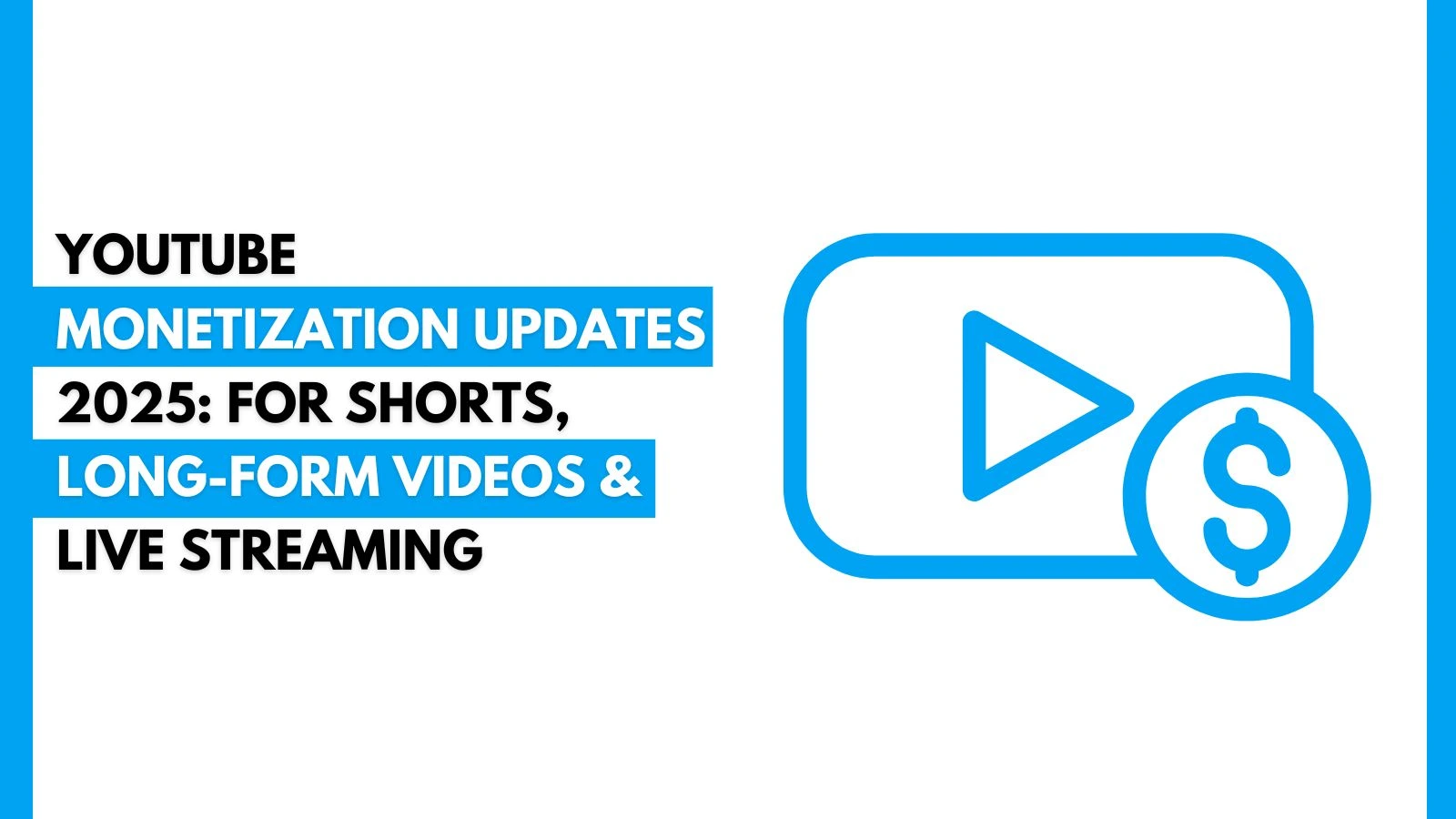

.webp)
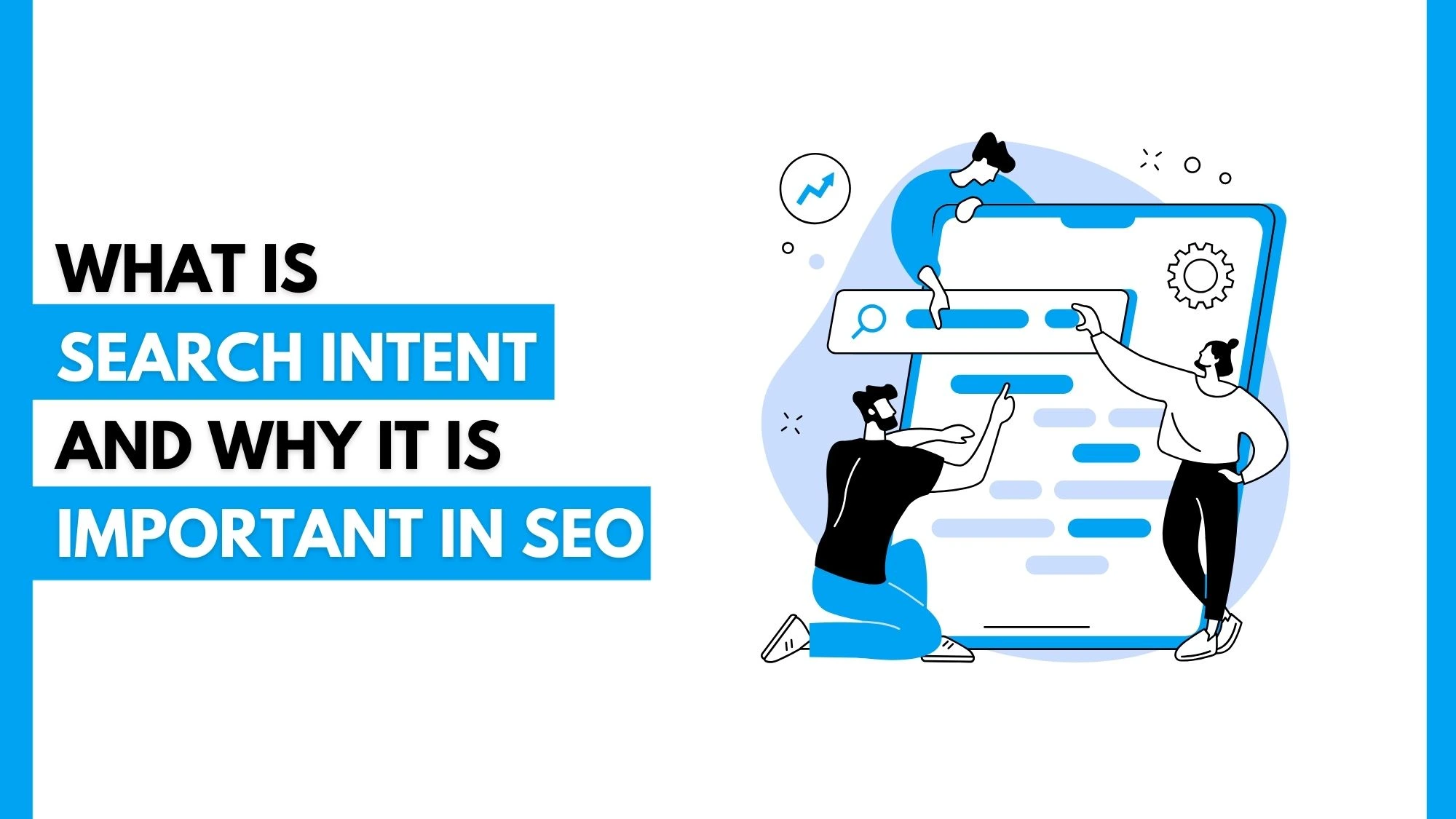

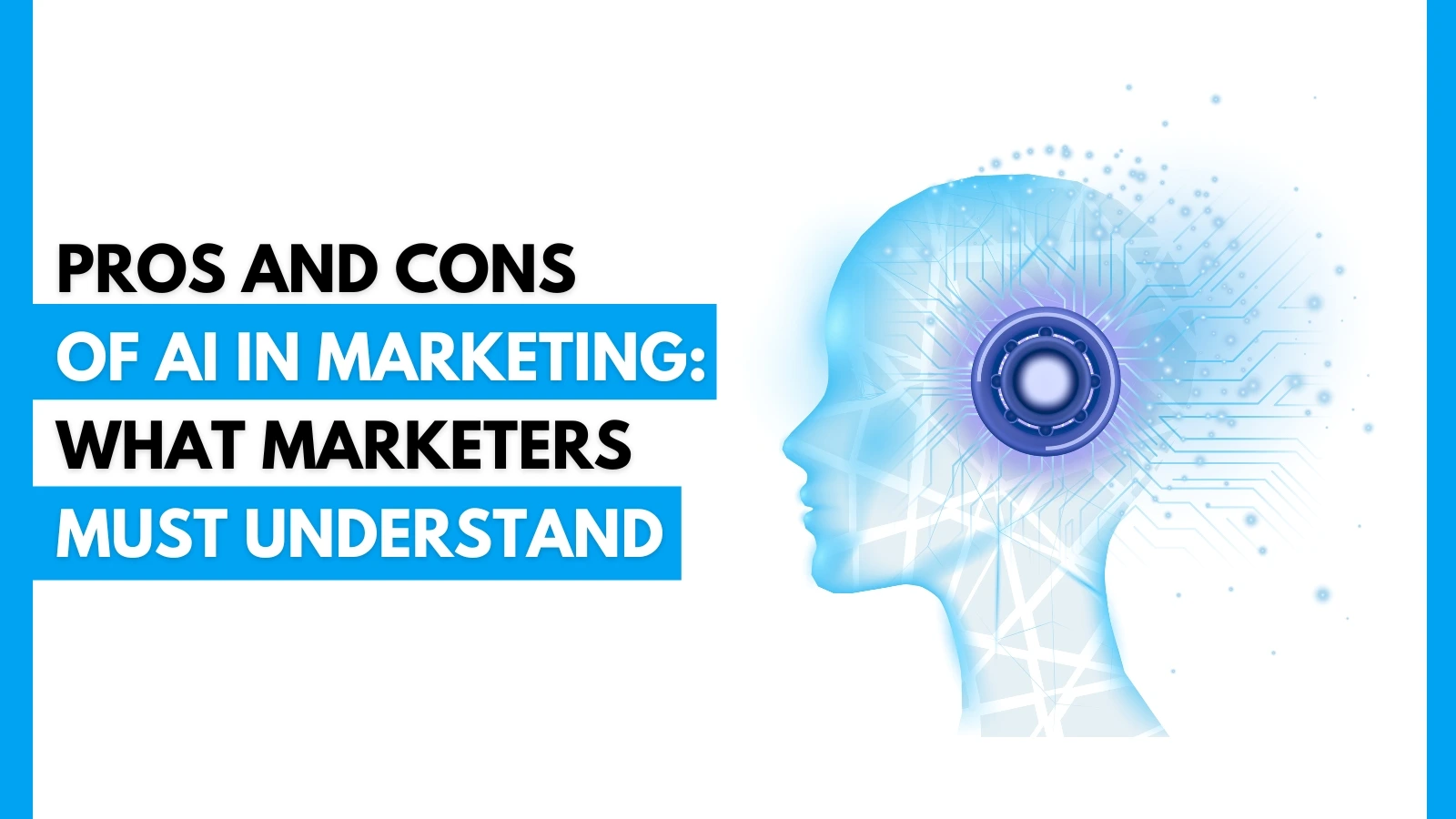



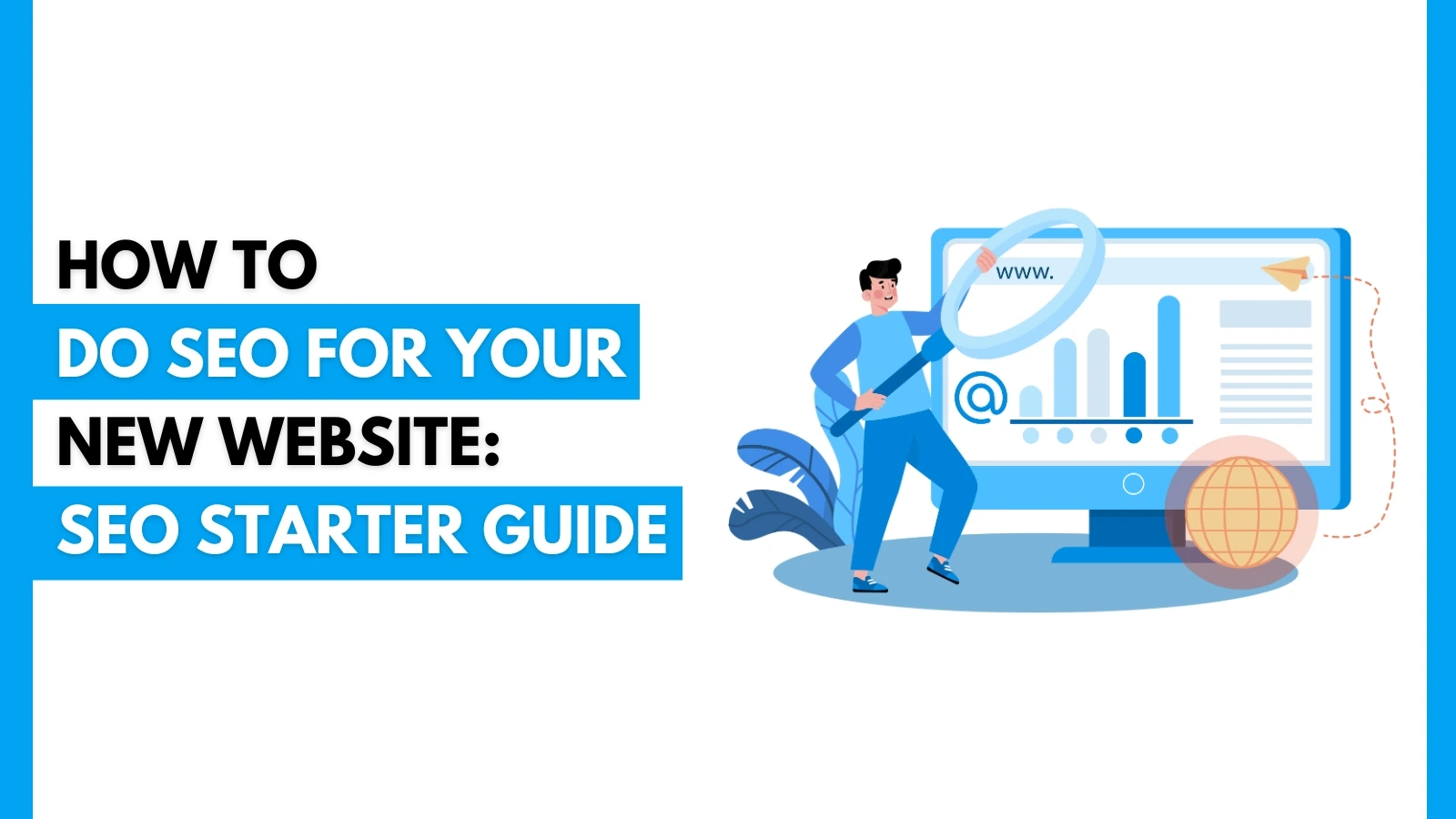
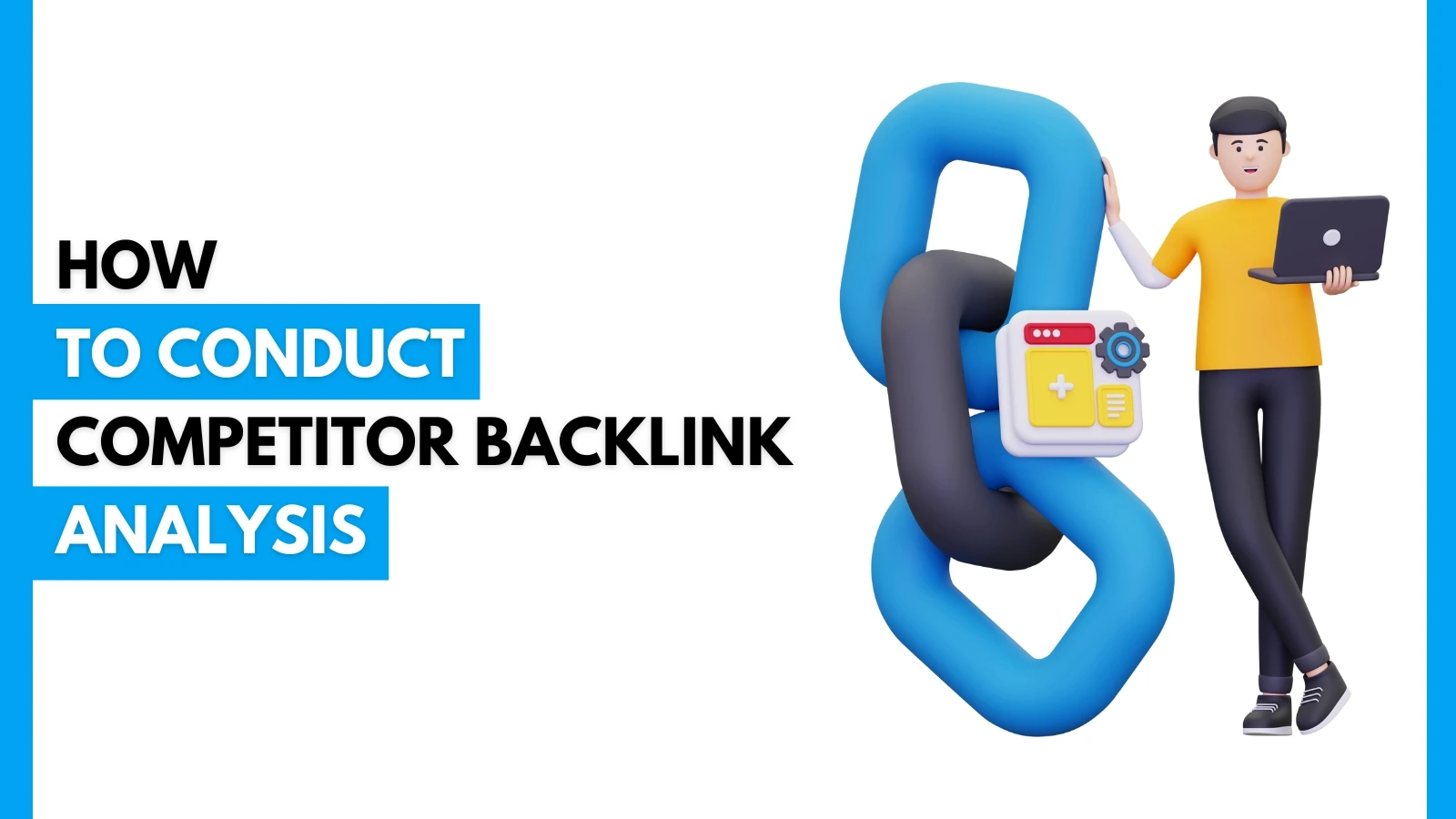
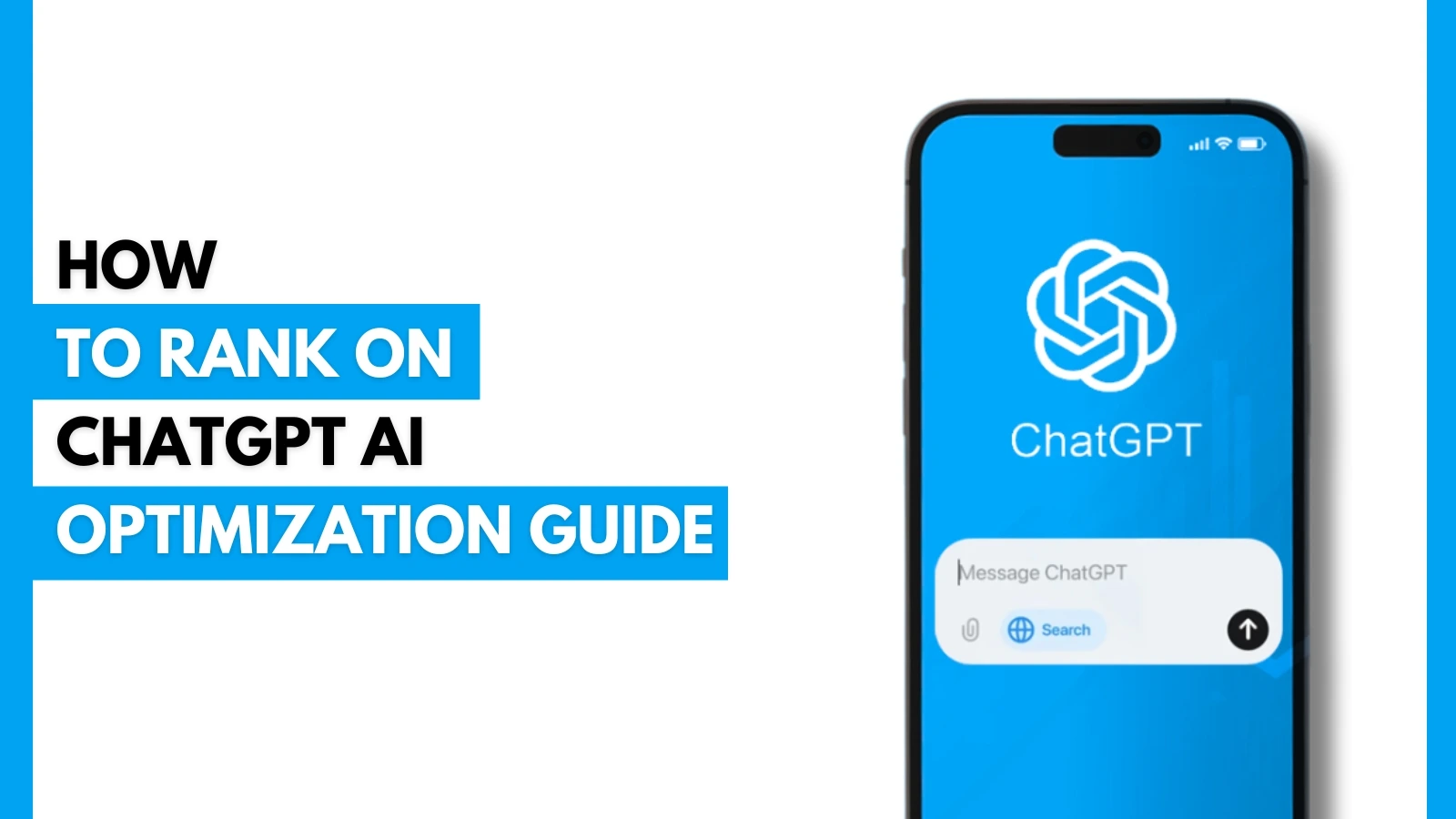
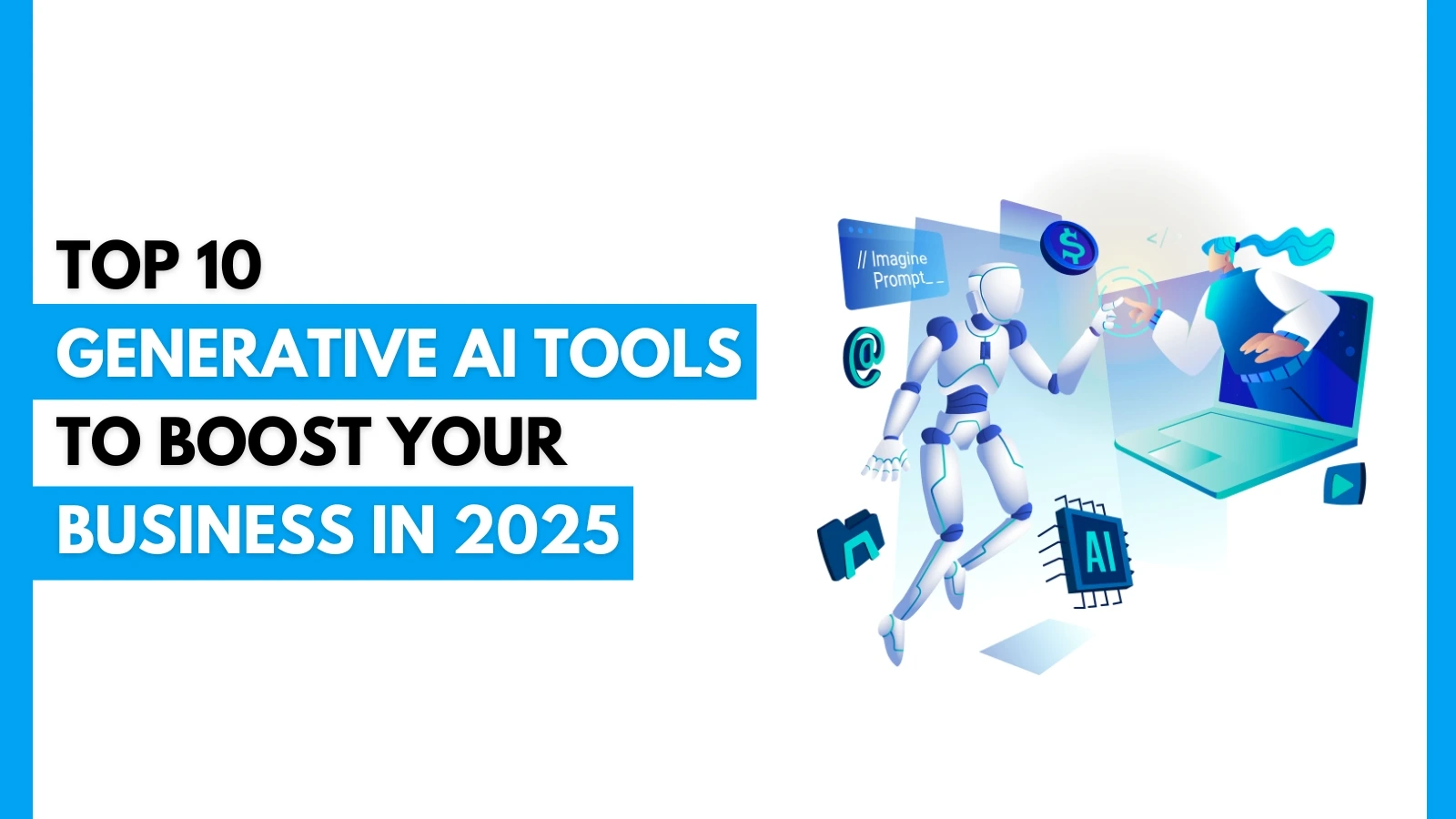

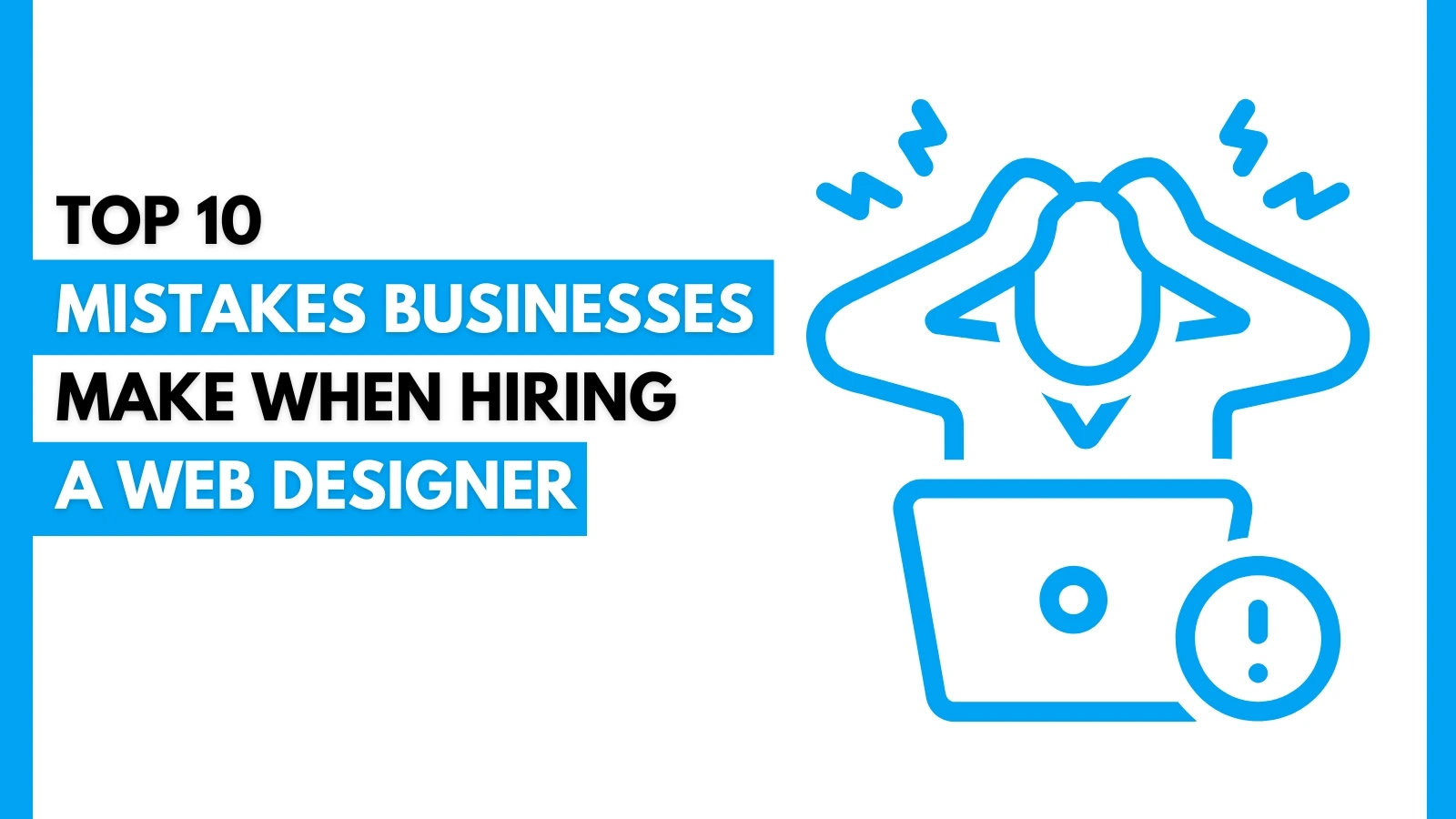
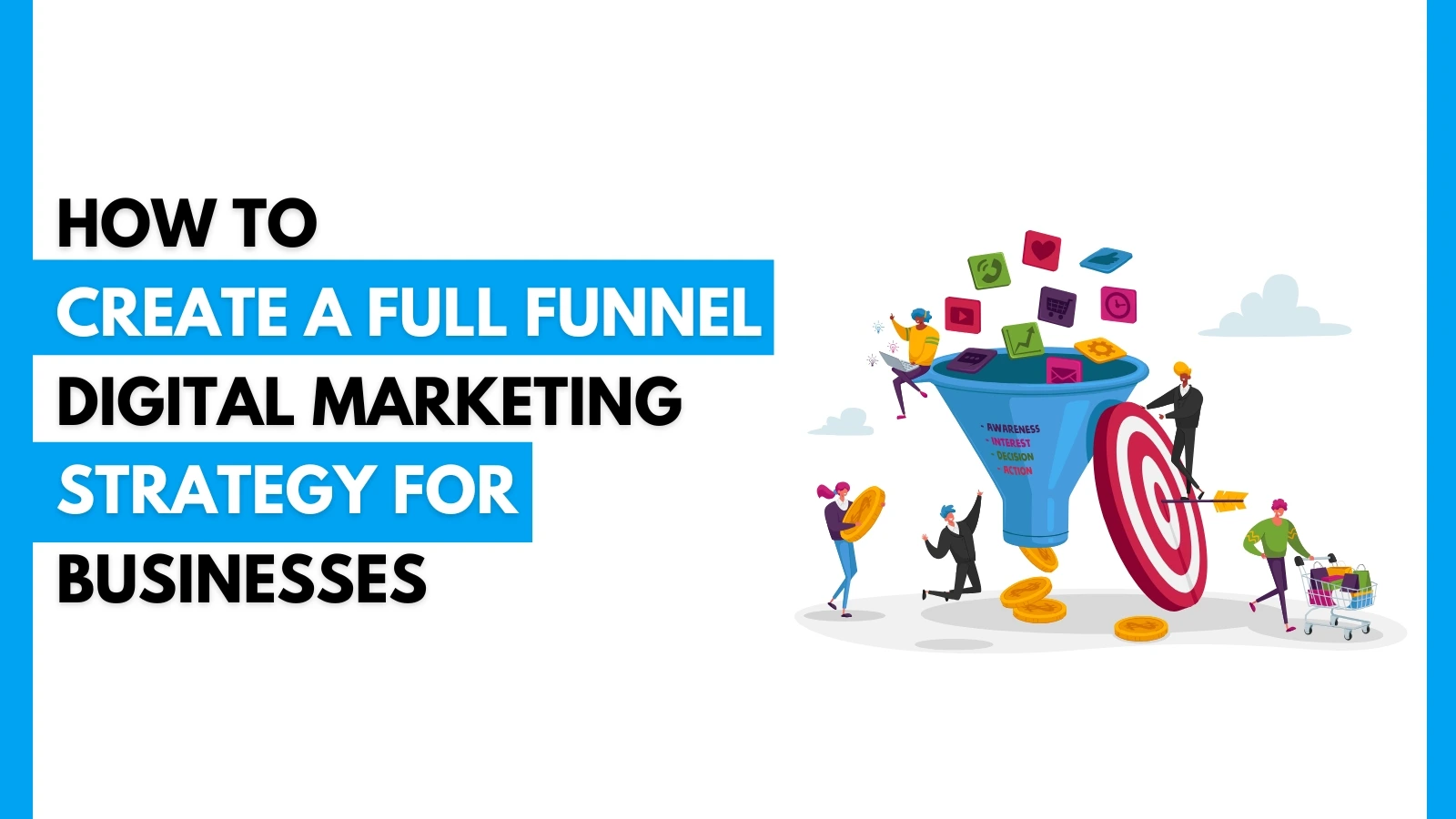
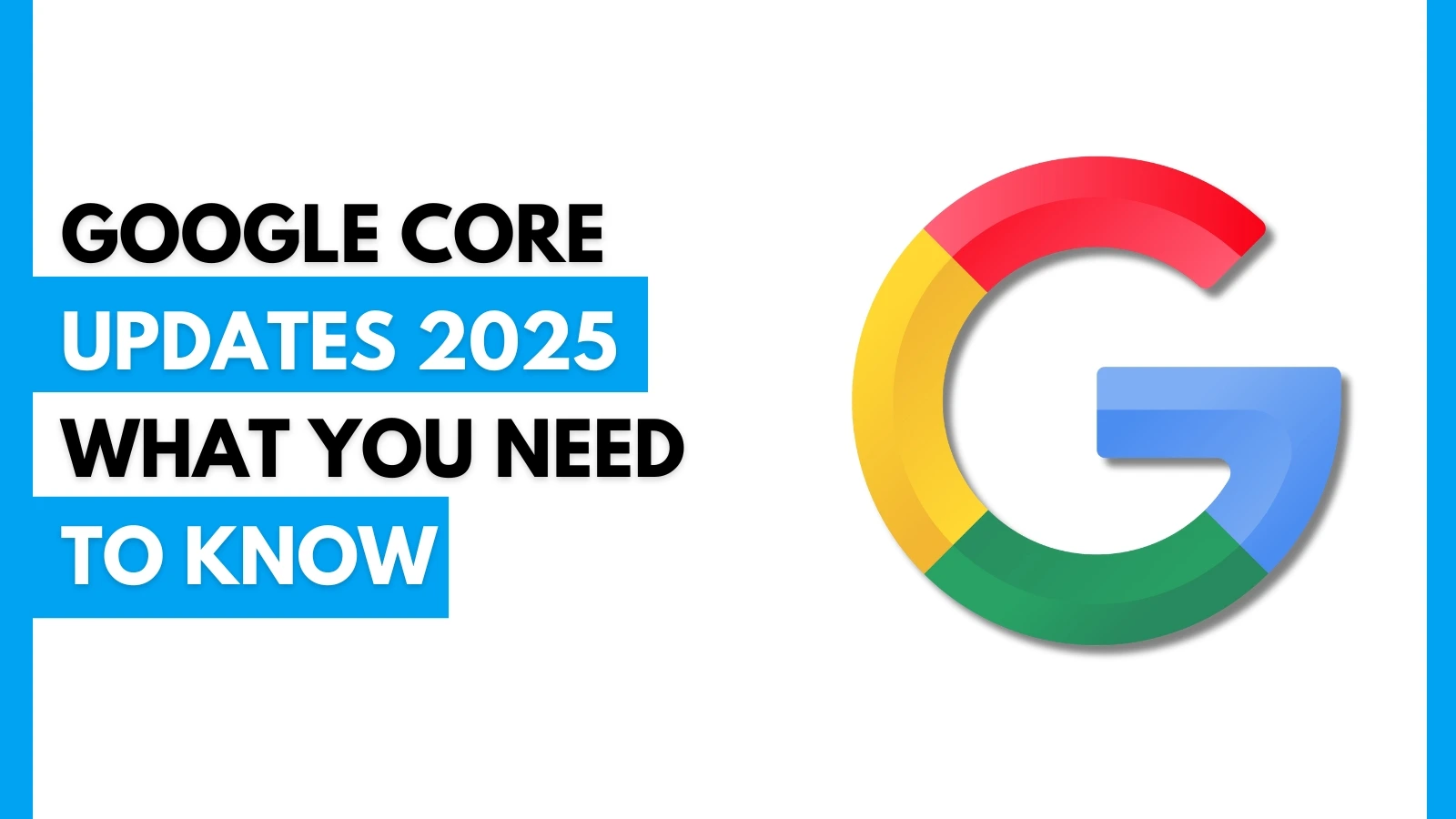
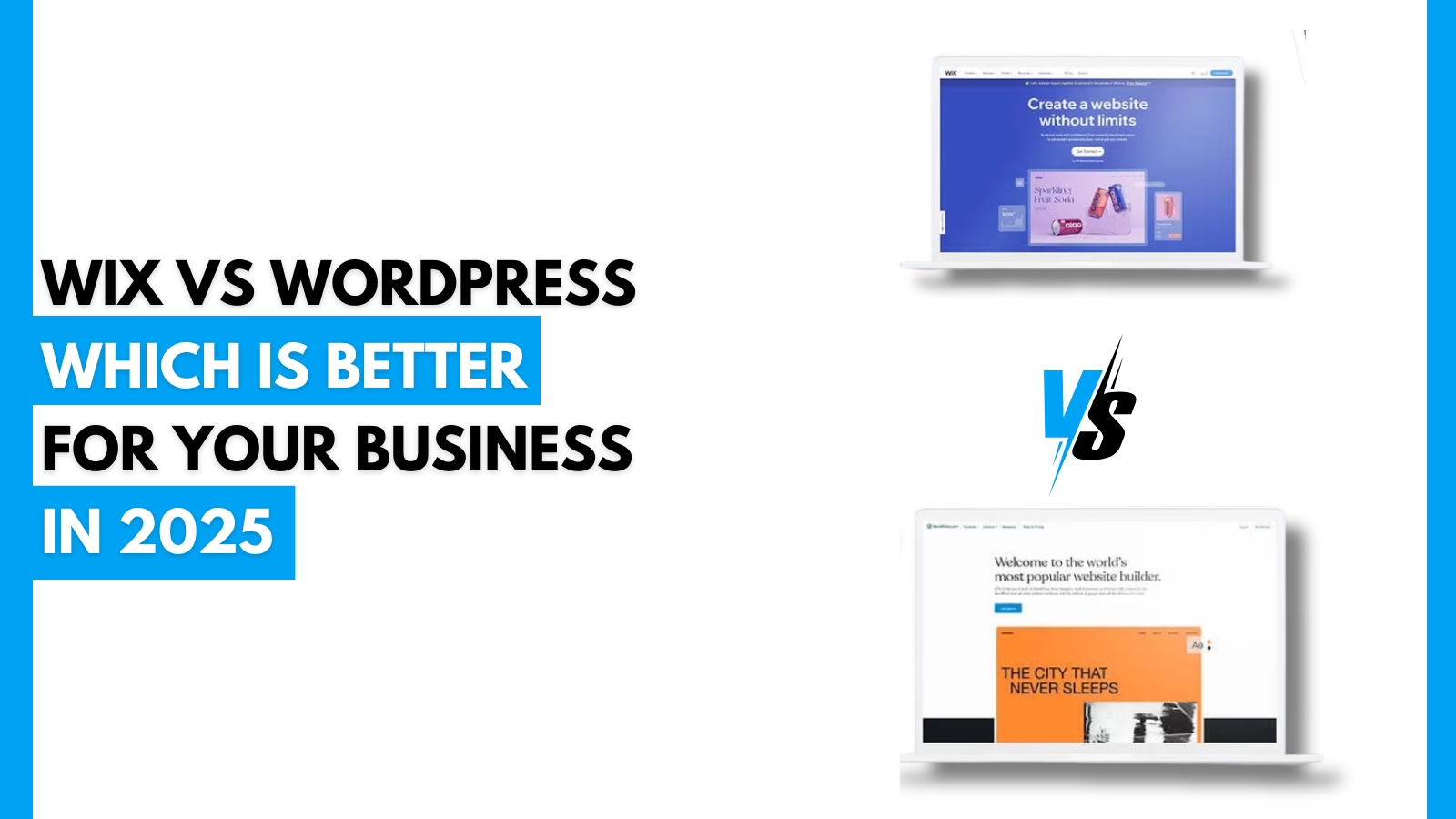




.webp)






















 A Complete Guide.webp)











































.jpg)










 Efficiently.jpg)
.jpg)
























.jpg)
.jpg)
























.jpg)


















.jpg)
.jpg)




























.webp)





.jpg)


















 Campaign.jpg)




.jpg)

.jpg)

.png)



.jpg)



.jpg)
.jpg)
.jpg)



.jpg)








.png)
.jpg)




.jpg)

.jpg)
.jpg)


.jpg)


.jpg)



.jpg)





















.jpg)














.png)





















.jpg)






.png)

.png)



.png)

.png)
.png)



.png)
.png)
.png)
.png)
.png)

.png)
.png)
.png)
.png)
.png)
.png)
.png)
.png)
.png)
.png)
.png)

.png)
.png)
.png)
.png)
.png)
.png)
.png)
.png)
.png)



.png)
.png)
.png)

.png)
.png)
.png)
.png)
.png)
.png)
.png)
.png)
.png)
.png)
.png)
.png)
.png)
.png)
.png)
.png)
.png)
.png)
.png)
.png)
.png)
.png)
.png)
.png)
.png)
.png)
.png)
.png)
.png)
.png)
.png)


.png)
.png)

.png)
.png)
.png)
.png)
.png)
.png)
.png)
.png)
.png)
.png)
.png)
.png)
.png)
.png)
.png)
.png)
.png)
.png)
.png)
.png)

.png)
.png)
.png)

.png)
.png)
.png)
 (1).png)
.png)
.png)
.png)
.png)
.png)
.png)
.png)
.png)

.png)

.png)
.png)
.png)
.png)
.png)
.png)
.png)

.png)
.png)
.png)
.png)
.png)
.png)
.png)
.png)
.png)
.png)
.png)
.png)
.png)
.png)
.png)
.png)


.png)
.png)
.png)
.png)
.png)
.png)
.png)

.png)
.png)
.png)
.png)
.png)
.png)
.png)
.png)

.png)
.png)

.png)
.png)
.png)

.png)
.png)
.png)

.png)
.png)
.png)
.png)
.png)
.png)
.png)
.png)
.png)
.png)
.png)
.png)
.png)
.png)
.png)
.png)
.png)
.png)
.png)